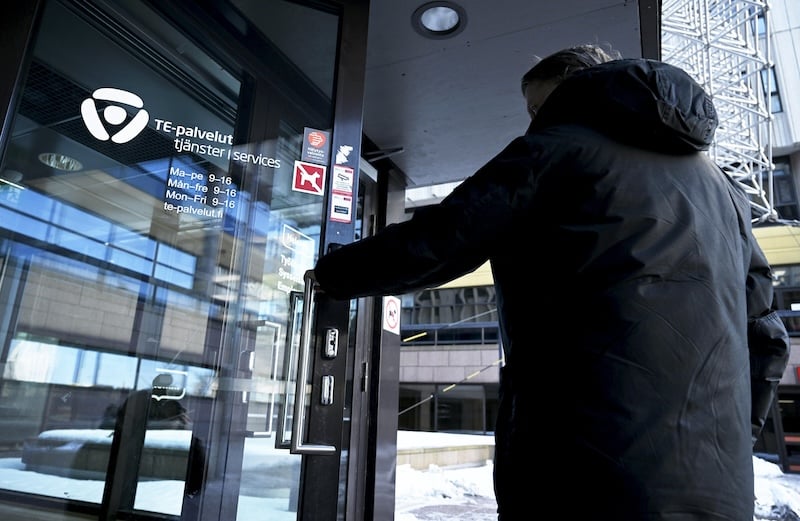Social benefits, including unemployment and minimum income benefits, play a key role in reducing poverty, especially among low-income groups. In 2022, social benefits halved the proportion of people at risk of poverty in the EU from 31% to 15.5%. Countries like Austria, Ireland, France, Poland, and Slovakia experienced notable drops in their poverty rates due to these benefits. However, despite these impacts, many unemployed people remain without support.
In Finland, 42% of unemployed individuals reported not receiving any unemployment benefits in 2022, one of the lower rates of non-coverage across the EU. This contrasts sharply with countries like Bulgaria, where more than 90% of unemployed individuals did not receive benefits. The report also noted that in countries such as Finland, Ireland, and France, people at risk of poverty often receive unemployment or housing benefits, rather than social exclusion benefits.
The report examines various reasons for the gaps in unemployment benefit coverage. It finds that individuals with short or no employment records, the self-employed, and those in non-standard working arrangements are often excluded from higher-tier or any unemployment benefits. In some member states, applicants face rejection rates of around 30%, often due to not meeting income or asset requirements or failing to provide the necessary documentation.
Finland, along with Belgium and Germany, has a relatively high level of unemployment benefit coverage compared to other EU countries. Still, the Finnish system faces challenges in ensuring all eligible individuals receive the support they are entitled to. In Finland, 50% to 90% of previous earnings are paid as unemployment benefits, but this amount decreases over time, and the total is capped at below 60% of the national average wage, in line with other member states.
The report also highlights the complexities of the benefit application process. Many countries have moved toward digital applications, especially for unemployment benefits. While this shift can improve access, it can also create barriers for digitally excluded groups such as older adults, people with disabilities, and those living in rural areas. In Finland, like other EU member states, the authorities’ efforts to recover overpayments often overshadow attempts to identify individuals who might be entitled to benefits but have not applied.
The report underscores the need for member states to address these gaps in coverage and adequacy. It also points to the need for reforms, such as automatic indexation of benefits to keep up with inflation, especially for groups like women and individuals living in single-adult households, who are overrepresented among benefit recipients.
HT



































